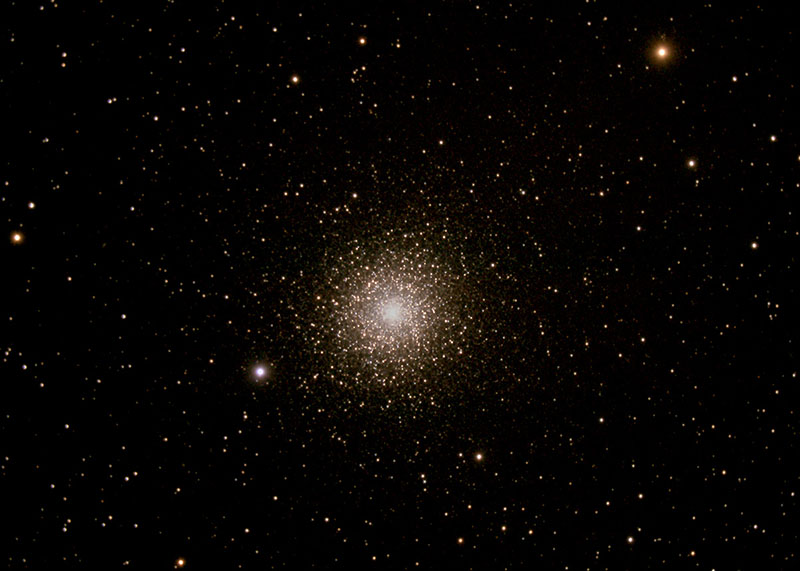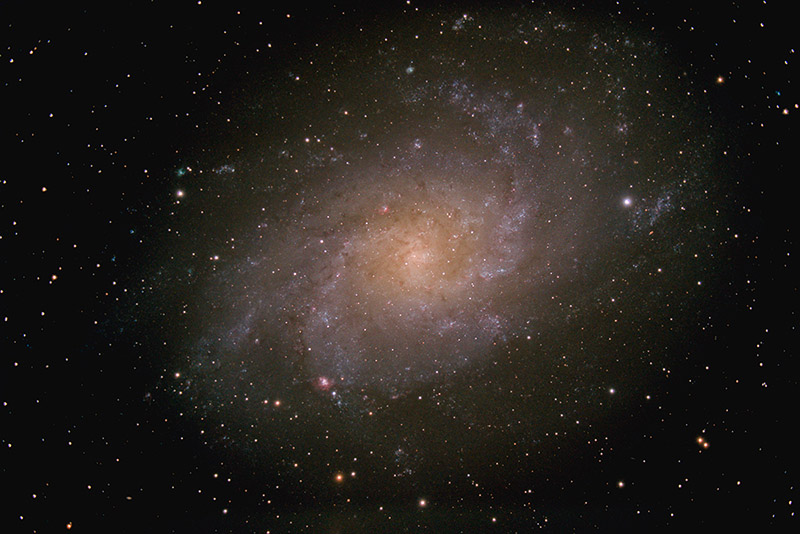With astrophotography going away for awhile it is time to start focusing the camera on wildlife again.
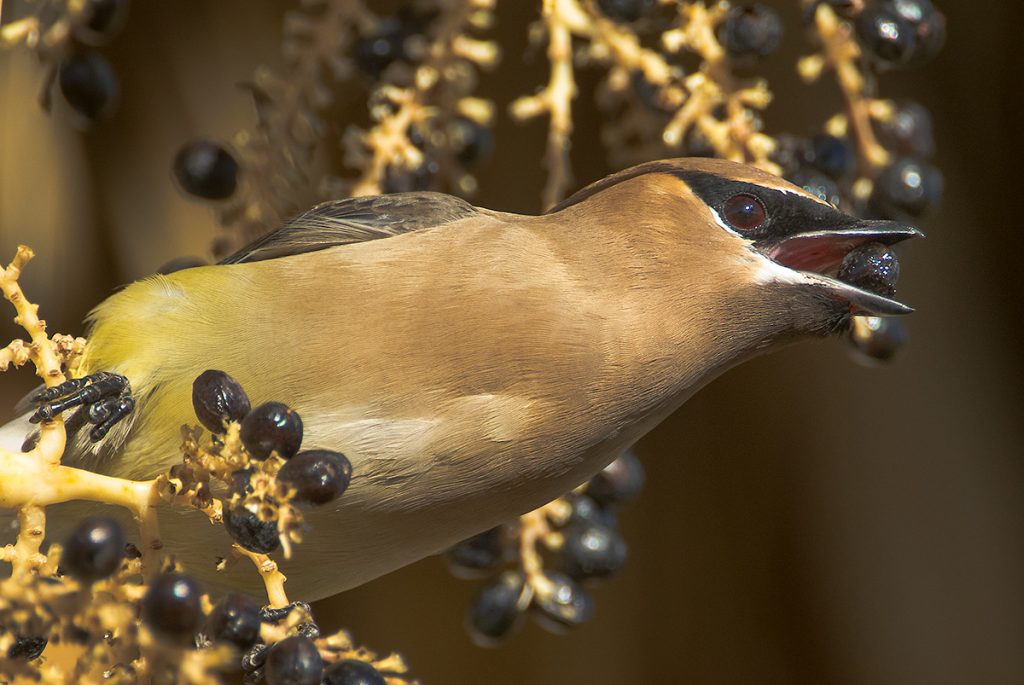
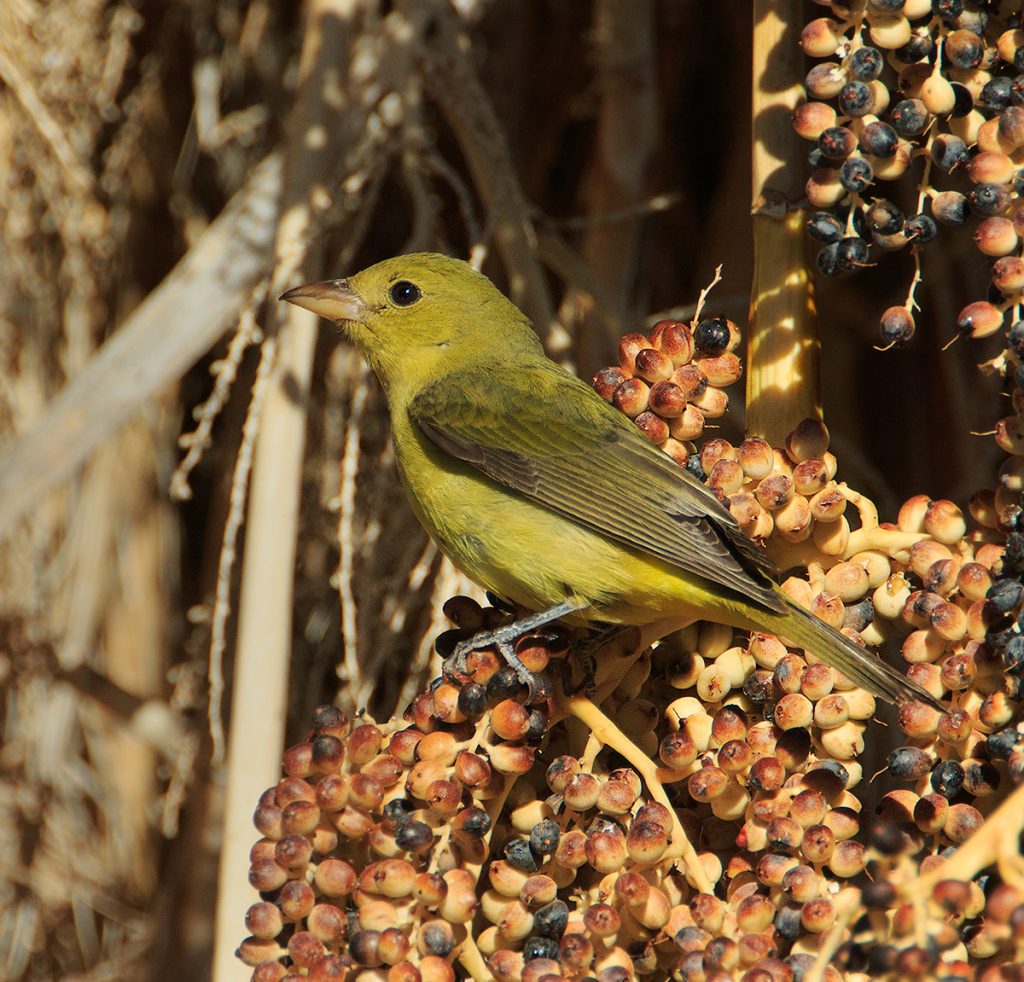
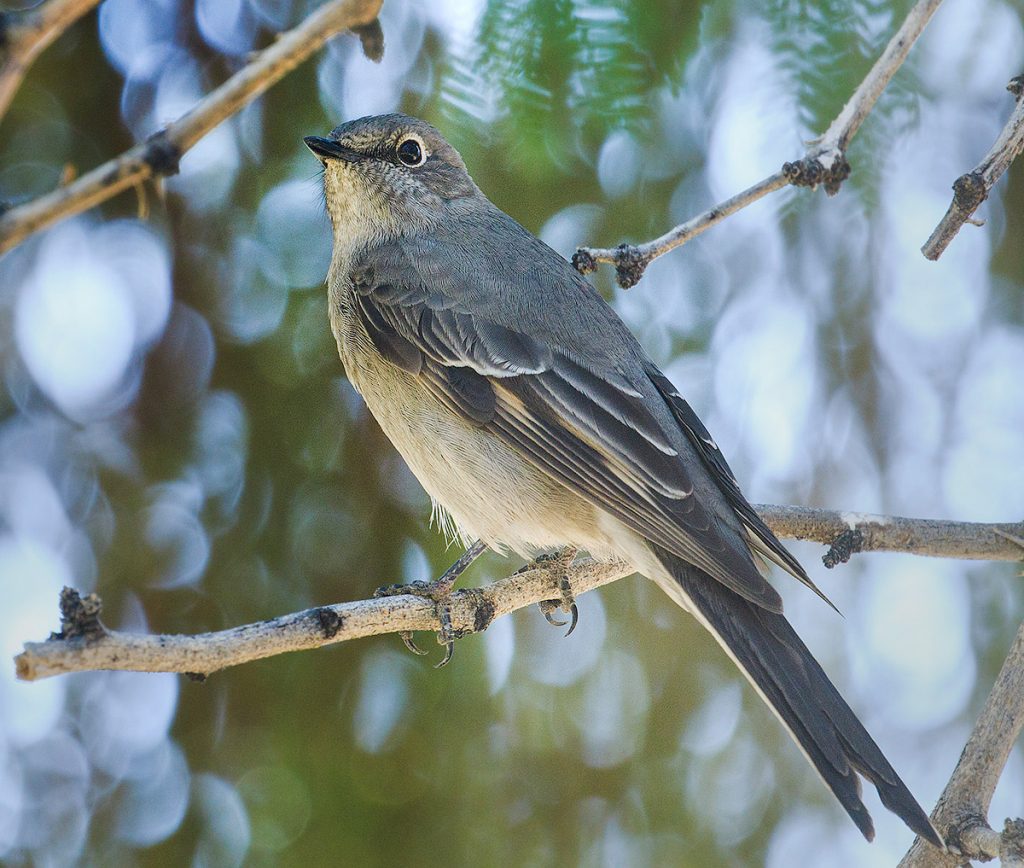
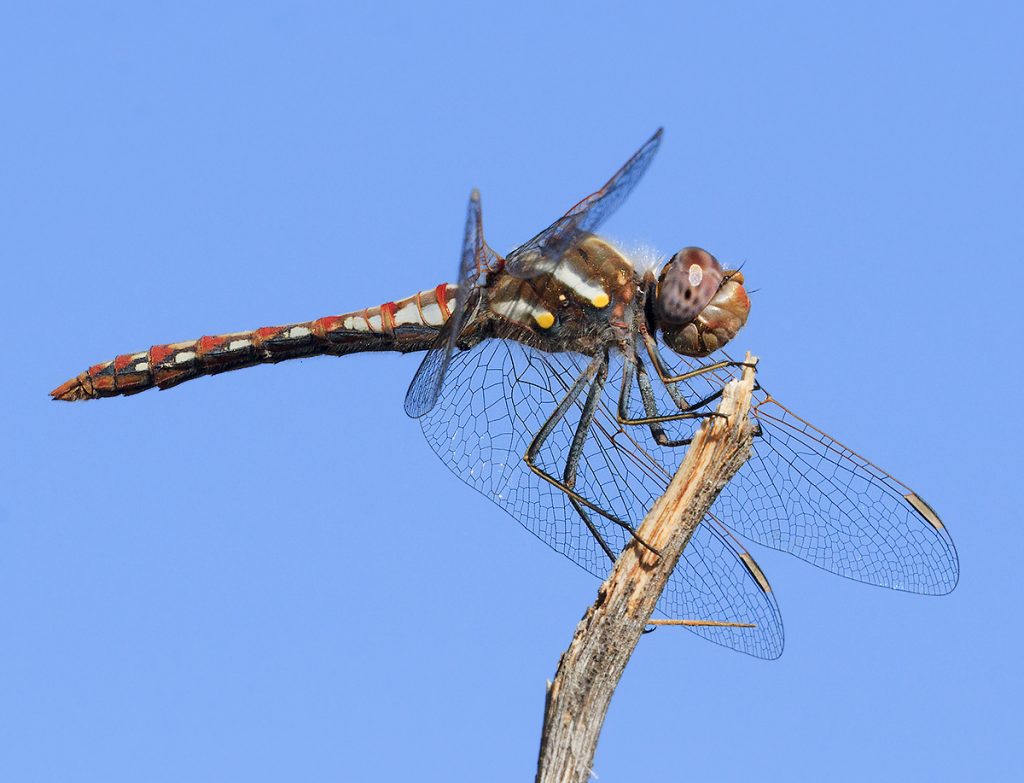
With astrophotography going away for awhile it is time to start focusing the camera on wildlife again.




For the past several days, I’ve been lugging the 500 f4 with a 1.4 teleconverter (700mm focal length) on a tripod. Why? It is so heavy that I don’t like to carry it much, like I used to do. But, I wanted some better images of the Varied Thrush and the Rufous-backed Robin and 400mm focal length just isn’t enough. I’ve had some luck with the Varied Thrush but the Rufous-backed Robin has been hard to find. While carrying that combo around, I’ve had some other good photo opportunities and the results are so good, I will probably keep using the 500 f4, for awhile at least.
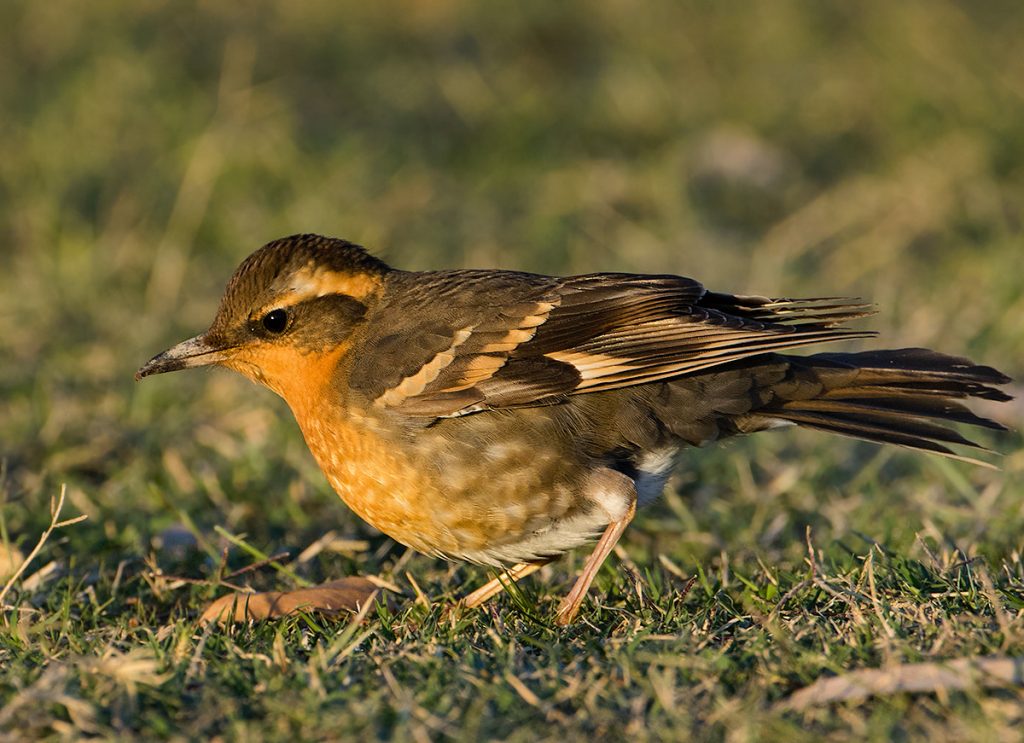
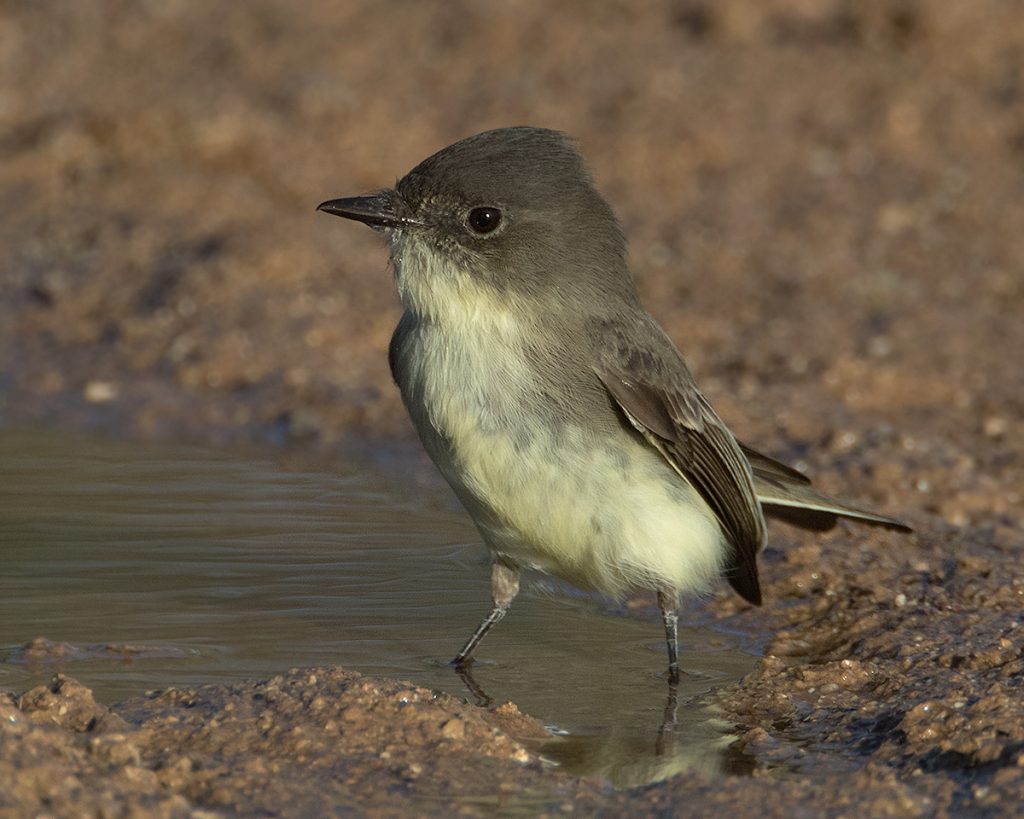

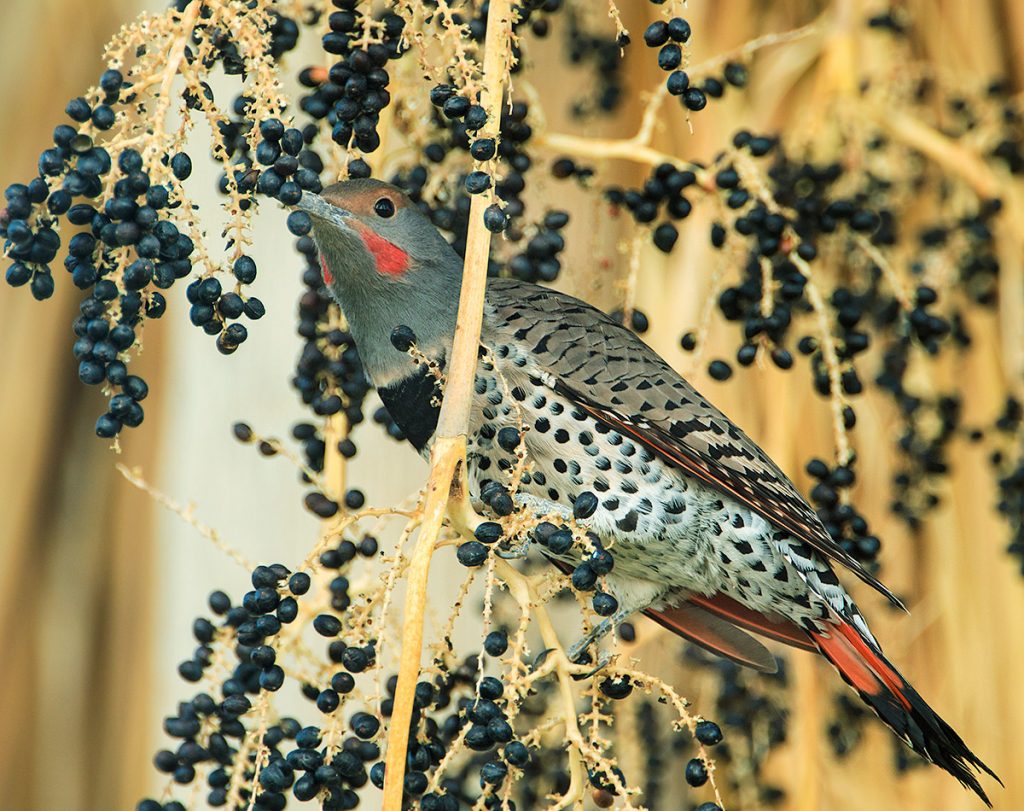
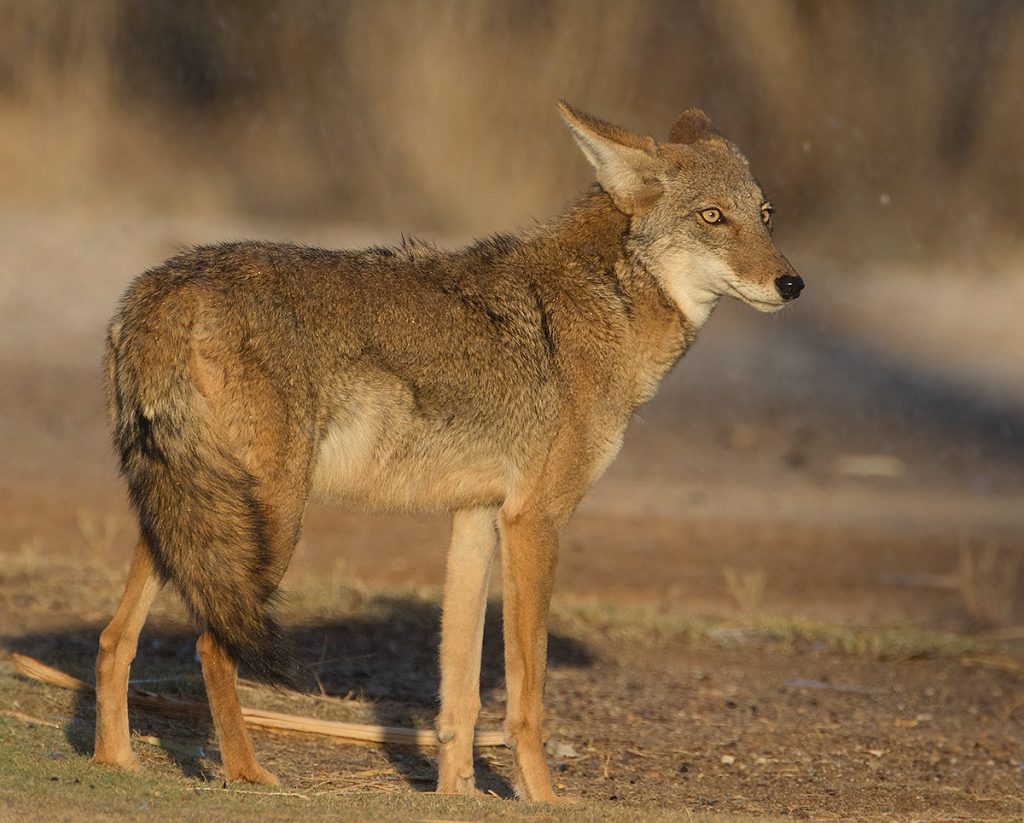




All of the photos shown above were taken with the Canon 500 f4 lens with a 1.4 teleconverter. As always, right click on an image to open in a new tab for a larger image.
The last week has just been fabulous for birding. It seems like everyday something new shows up. Being in Arizona makes it seem even more exciting because there are lots of birders who will travel to see birds. Take a Herring Gull for example, in South Dakota a pretty easy bird at the right time of year, here in the Sonoran Desert, a rarity. Today I had two of them, along with a Brown Pelican, two or maybe three Heermann’s Gulls, a couple of dozen Bonaparte’s Gulls, and a California Gull along with a bunch of Ring-billed Gulls. As the Arizona birders say, any gull is a good gull in Pima County. The reason for all this bird movement is the weather, of course. A strong front came through last night and today was very windy, with SSW winds blowing up to 35 mph, straight up from the Sea of Cortez.
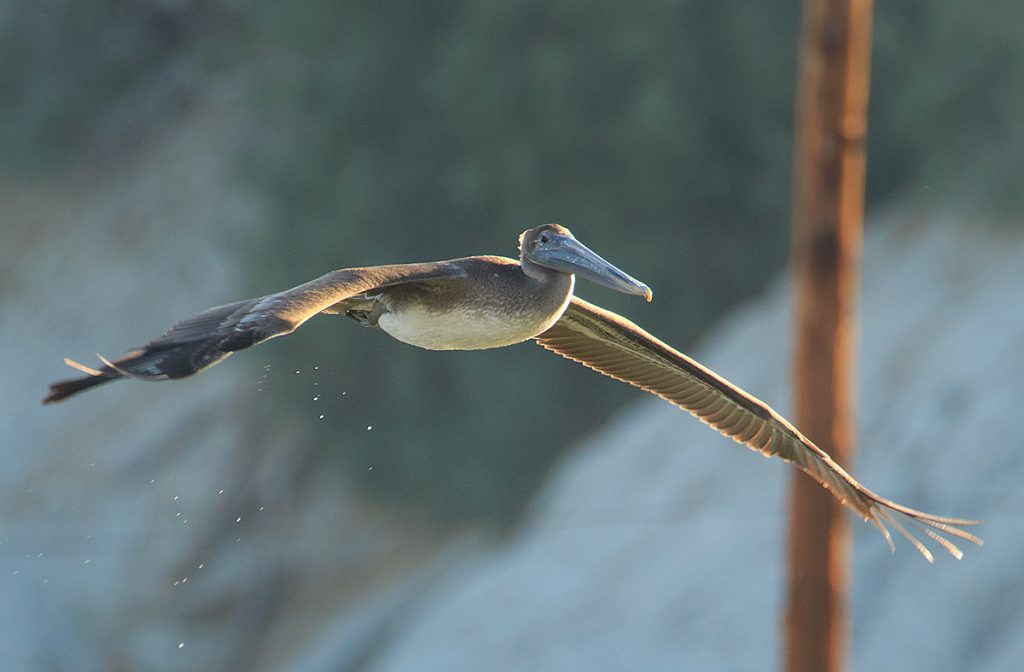
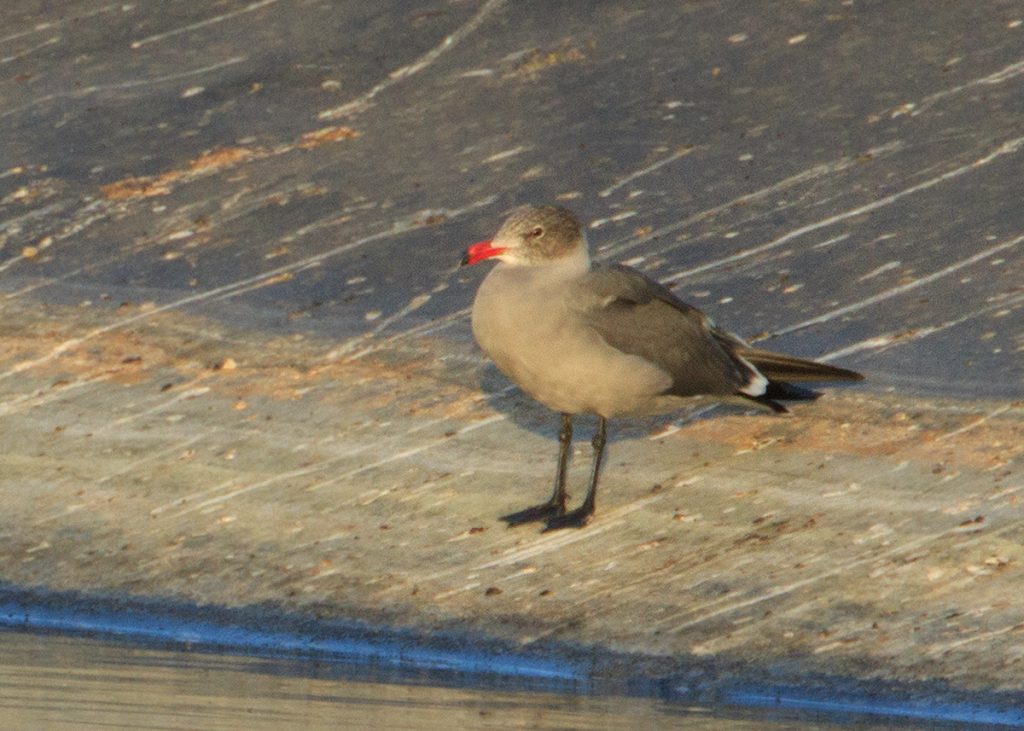
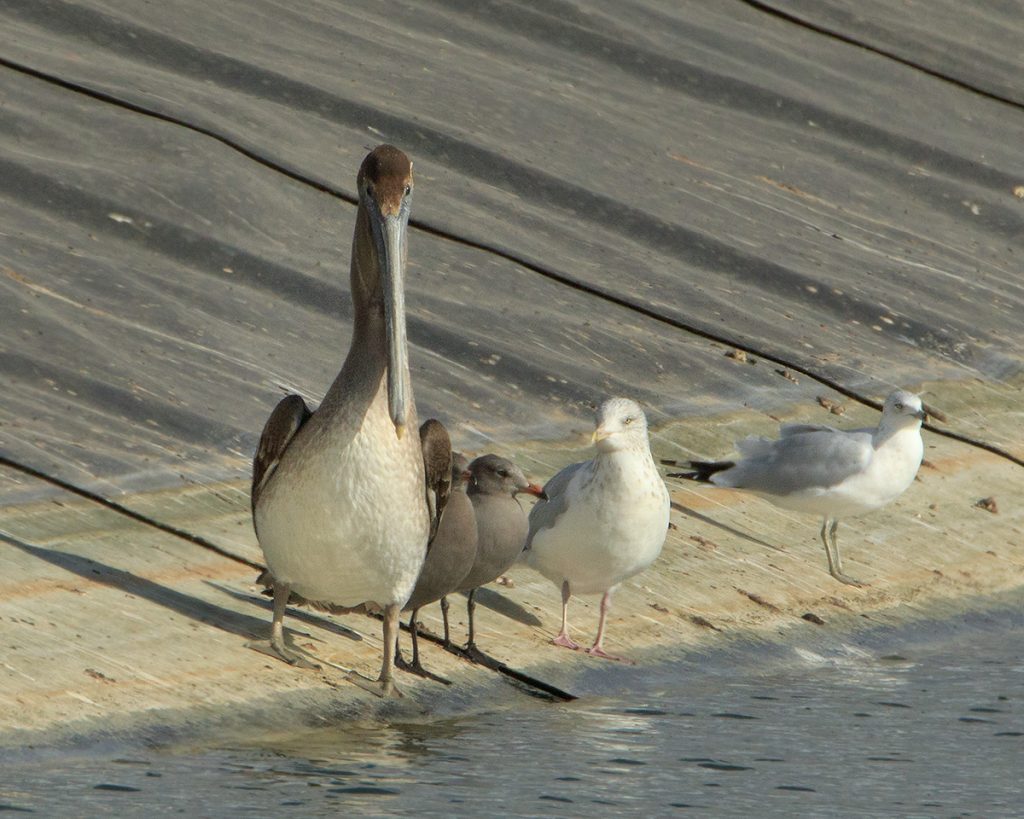

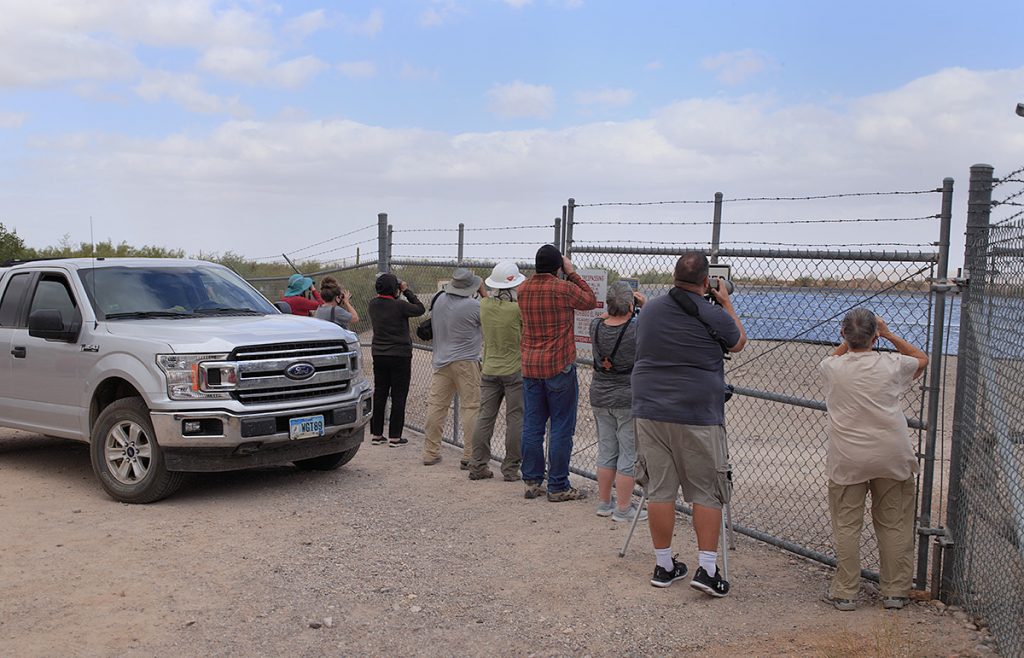
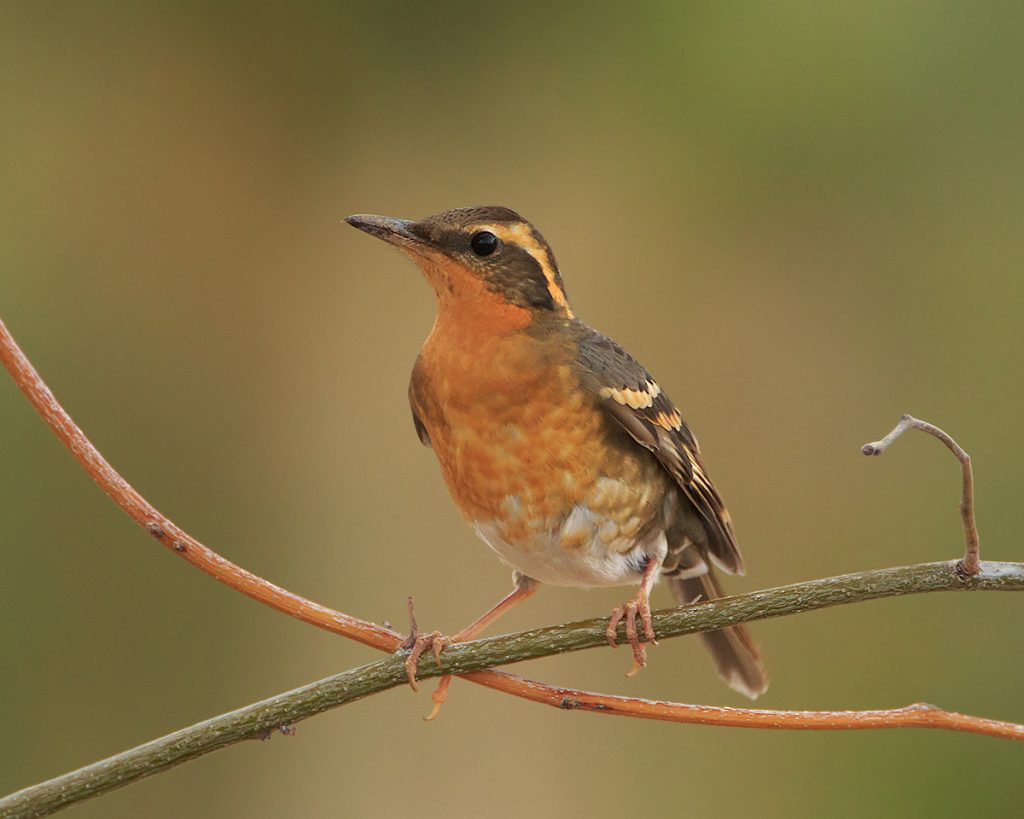
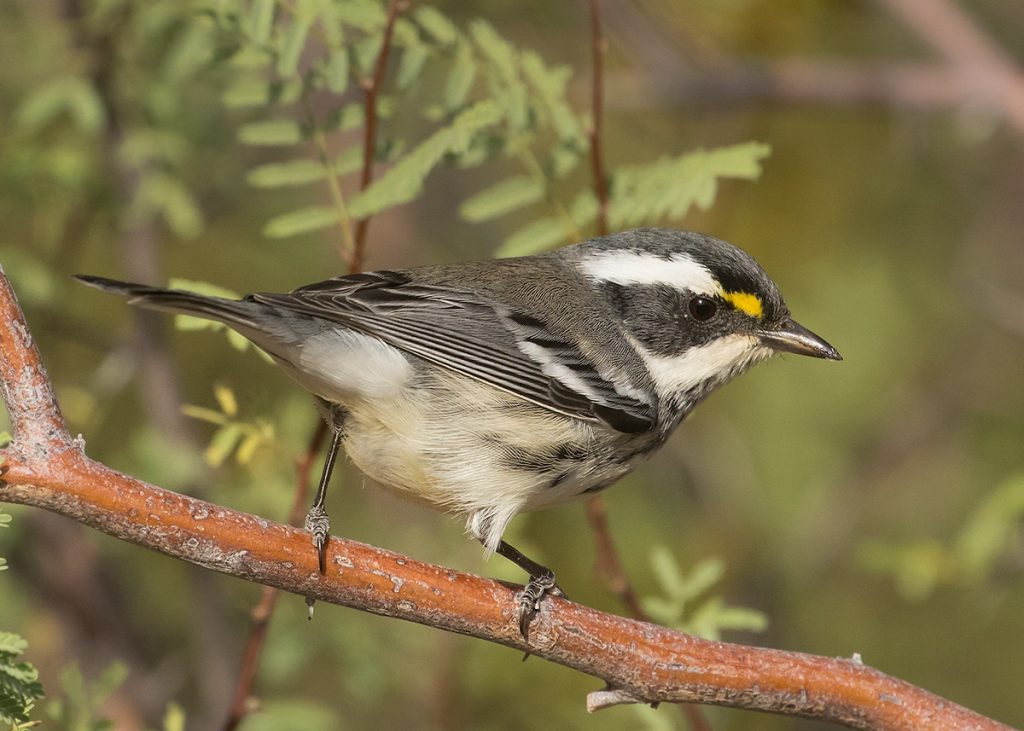
As always, to see a larger image right click on the photo to open in a new tab.
This afternoon I got the best photo I’ve ever taken of a Rufous-backed Robin. The Varied Thrush is still here too. The good birds here are also attracting birders. Mark Otnes, who has moved to Tucson from North Dakota, came out this morning. I have been meeting more birders from Arizona and some from California this fall than ever.
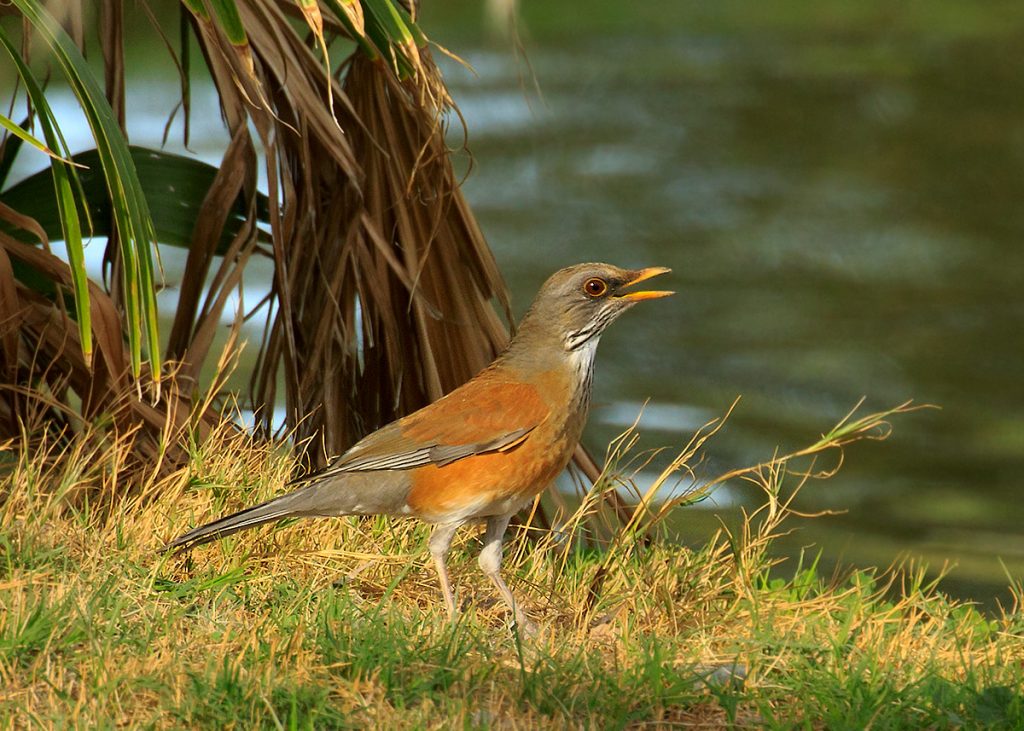
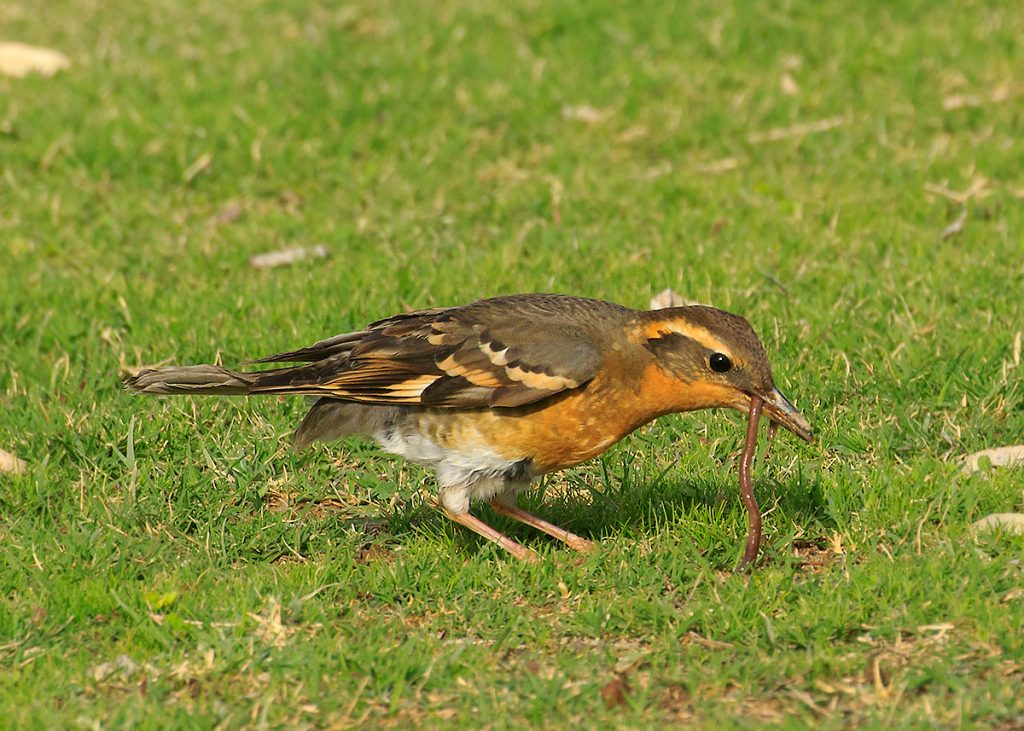
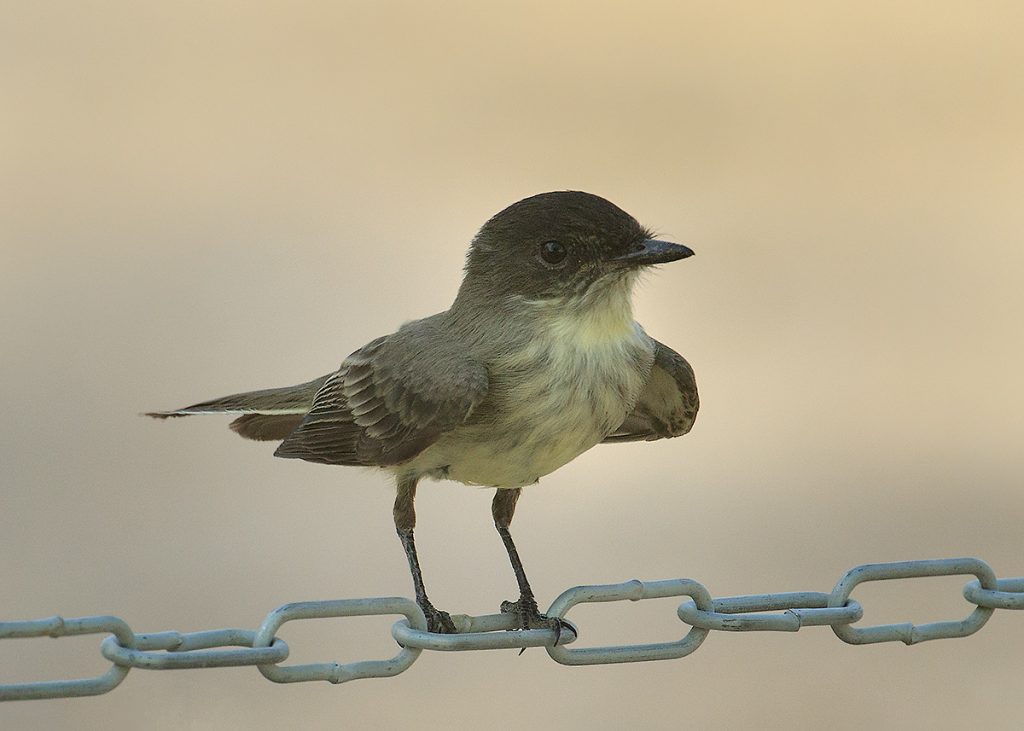

The run on good birds just gets better. Today I found a Varied Thrush at the golf course. I got the best photos I’ve ever taken of this species. Quite a few people from Tucson and Phoenix came to see it. Also found a Yellow-bellied Sapsucker and a Summer Tanager, both are the first ones I’ve ever seen around Ajo. And to top it off, a Fox Sparrow, which I have seen here several times but still pretty rare for the Sonoran Desert.
As always, right click on a photo and open in a new tab to see a larger image.


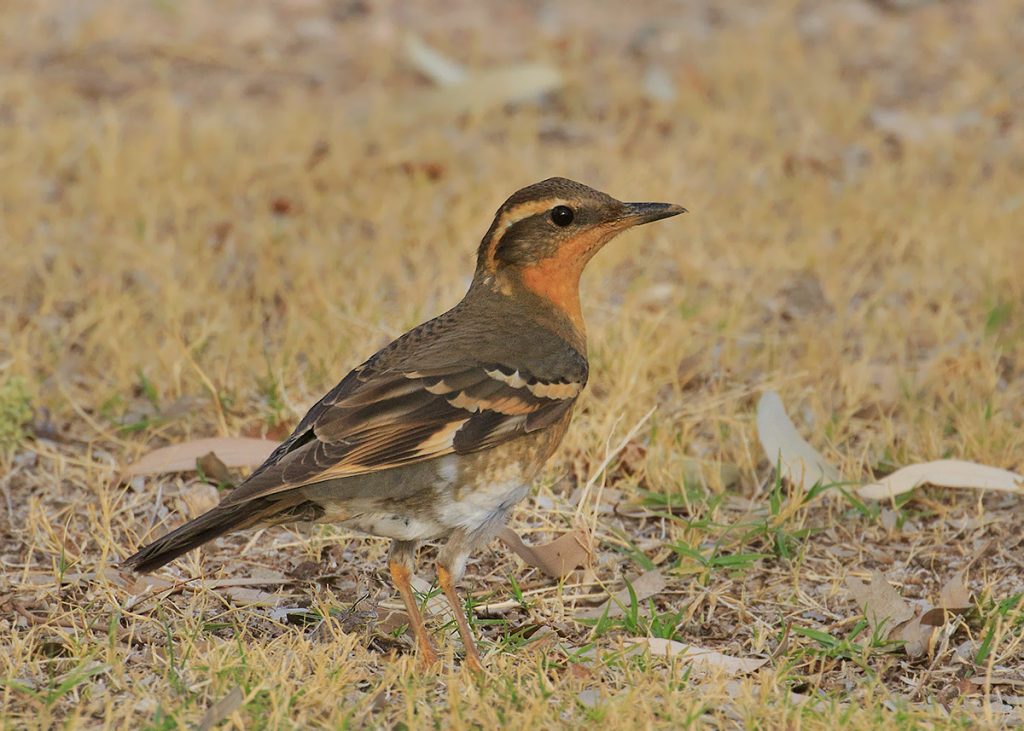
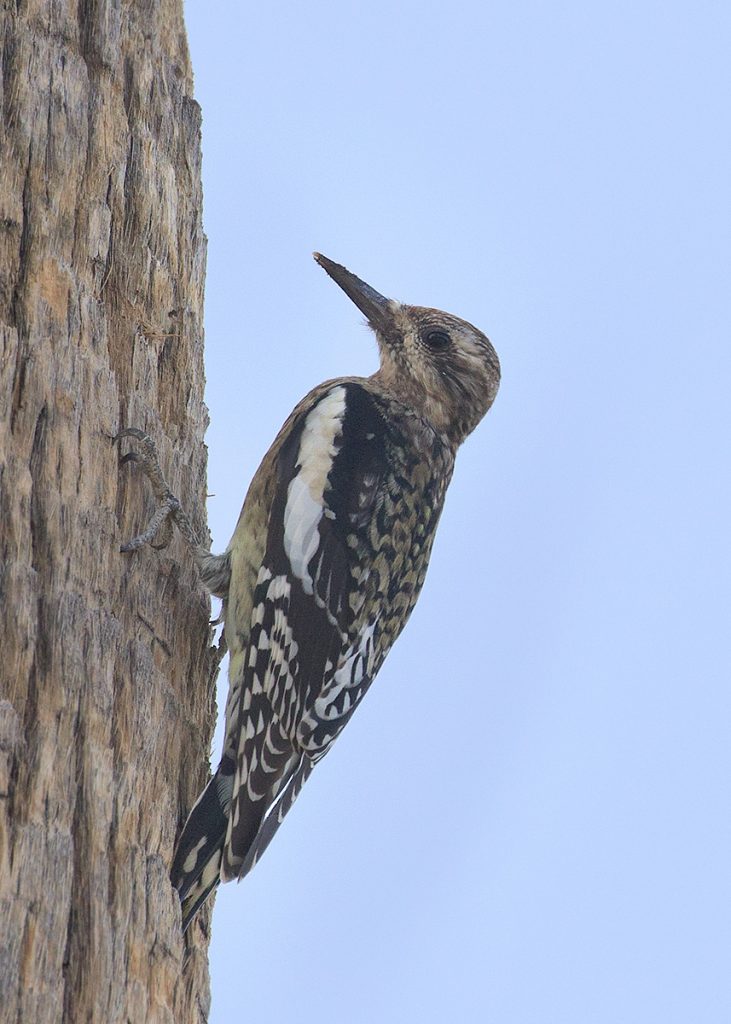


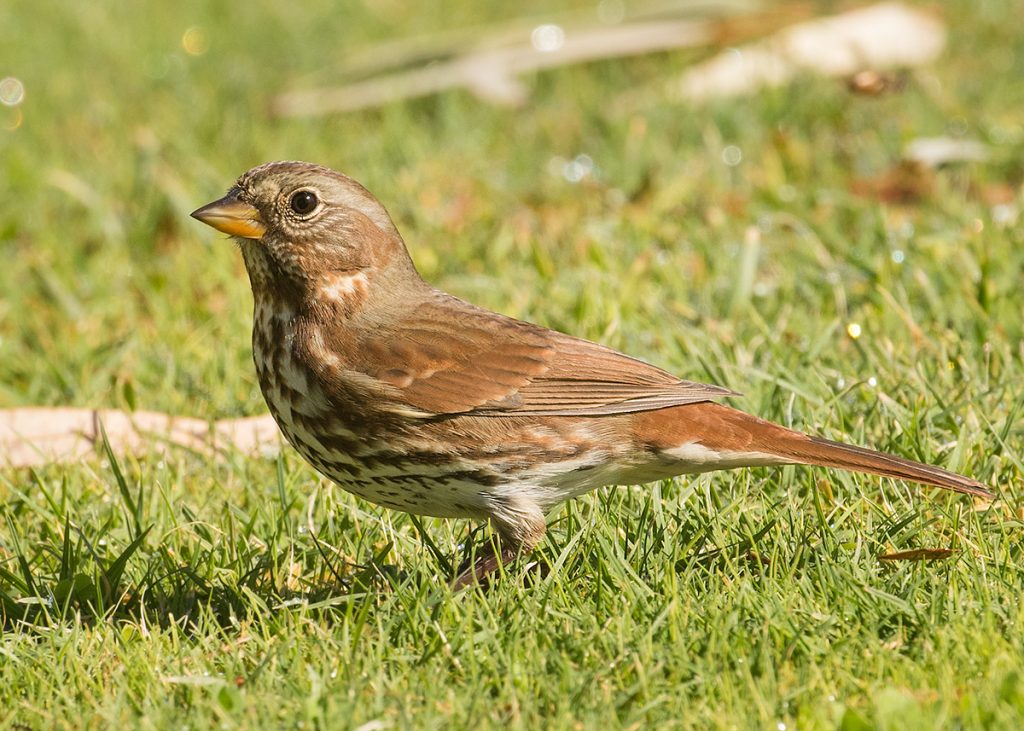
It has been a busy few days, mostly due to a Lapland Longspur that showed up at the sewage ponds. In South Dakota, one can see thousands of Lapland Longspurs during some winters and nearly always some in most winters, but in Arizona one is a big deal. I first saw the bird on Saturday afternoon and got the word out. Sunday was a busy day with birders coming in to find it. Some succeeded, some didn’t. It was not a cooperative bird and stayed too far out for any good photographs.
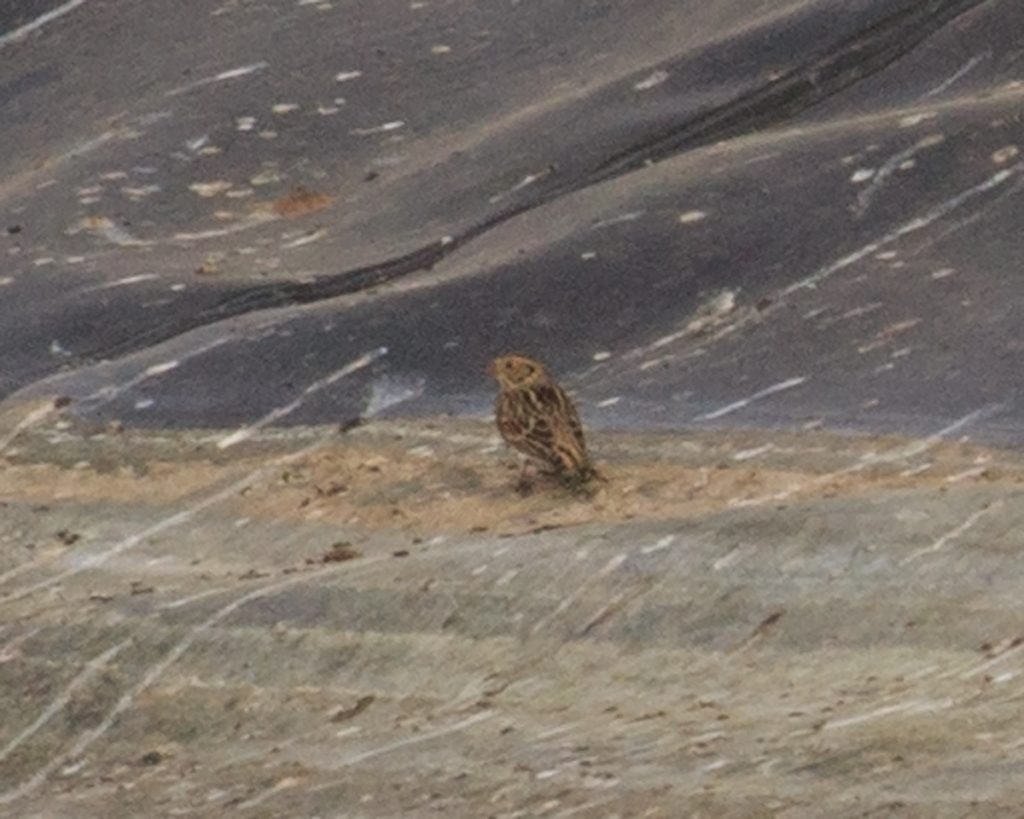
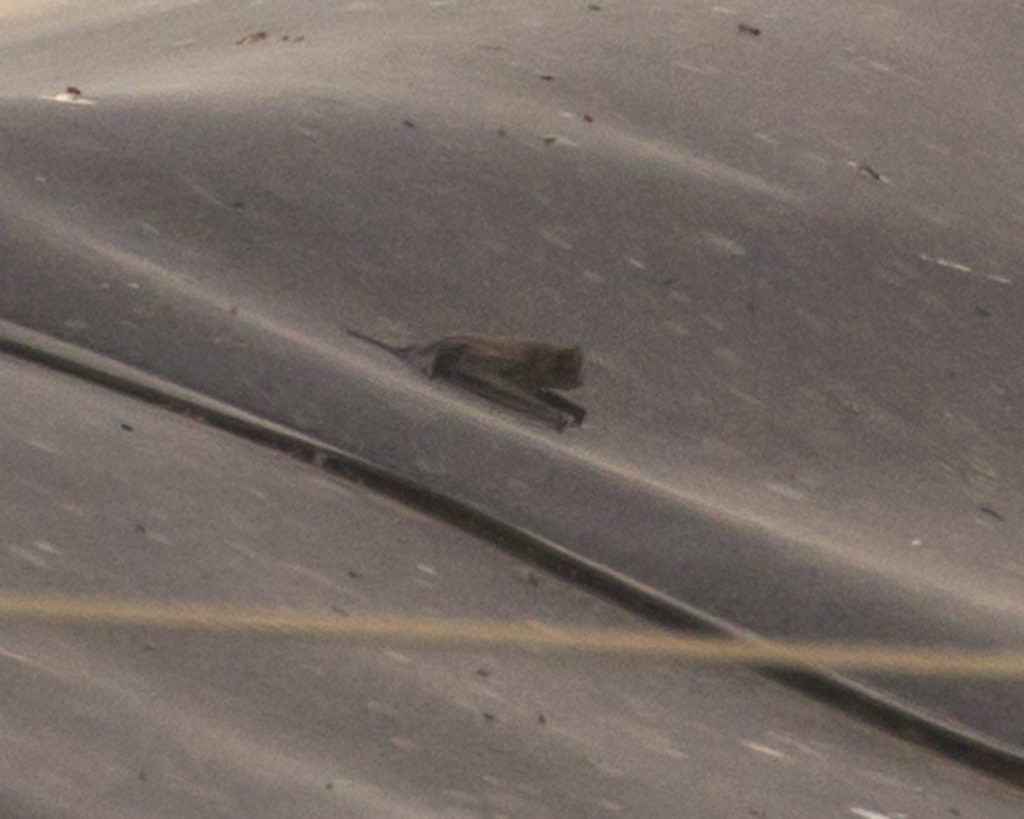
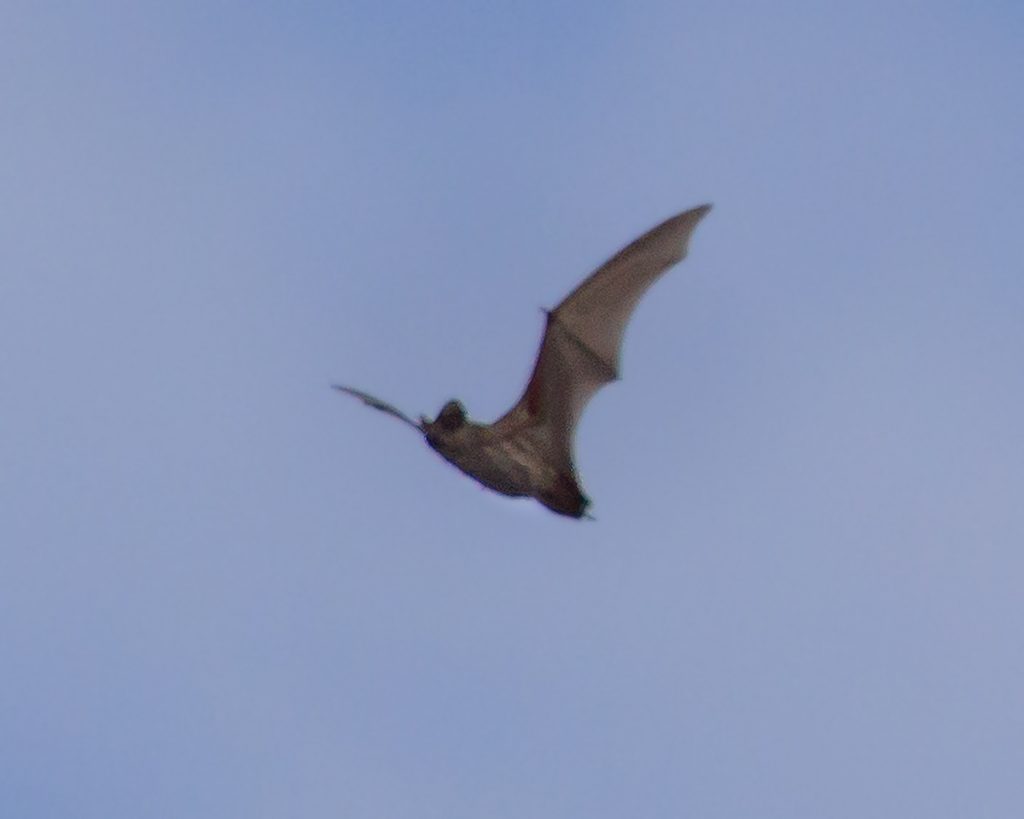
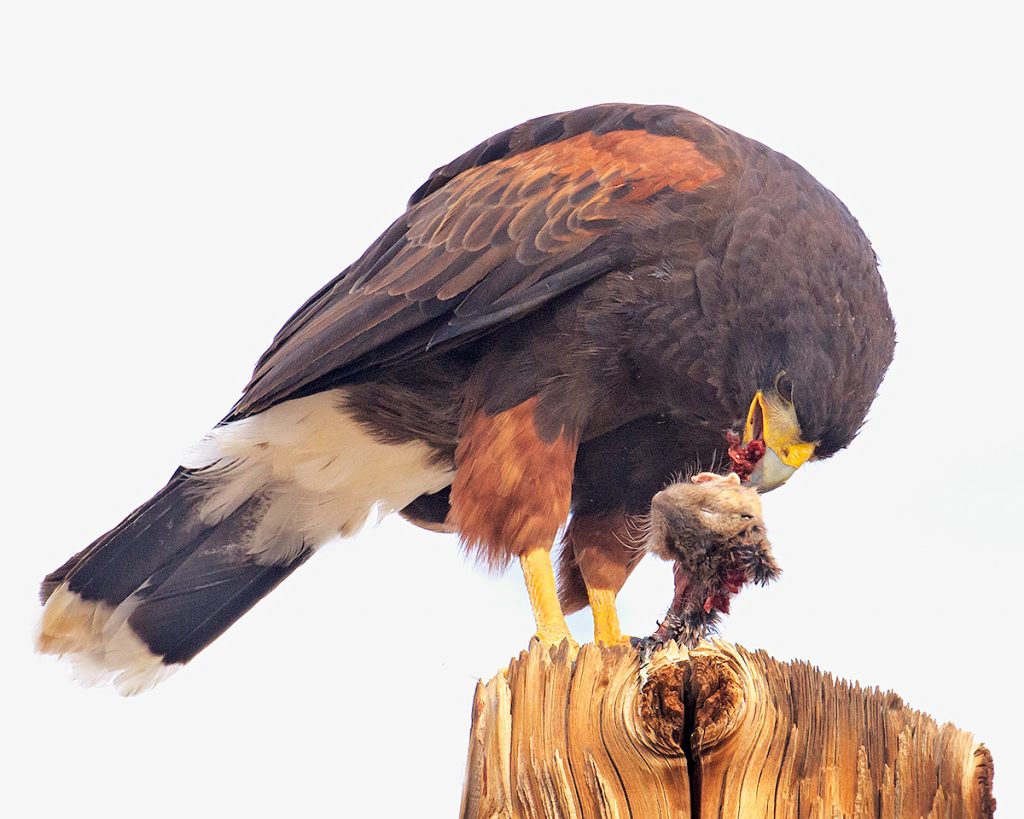

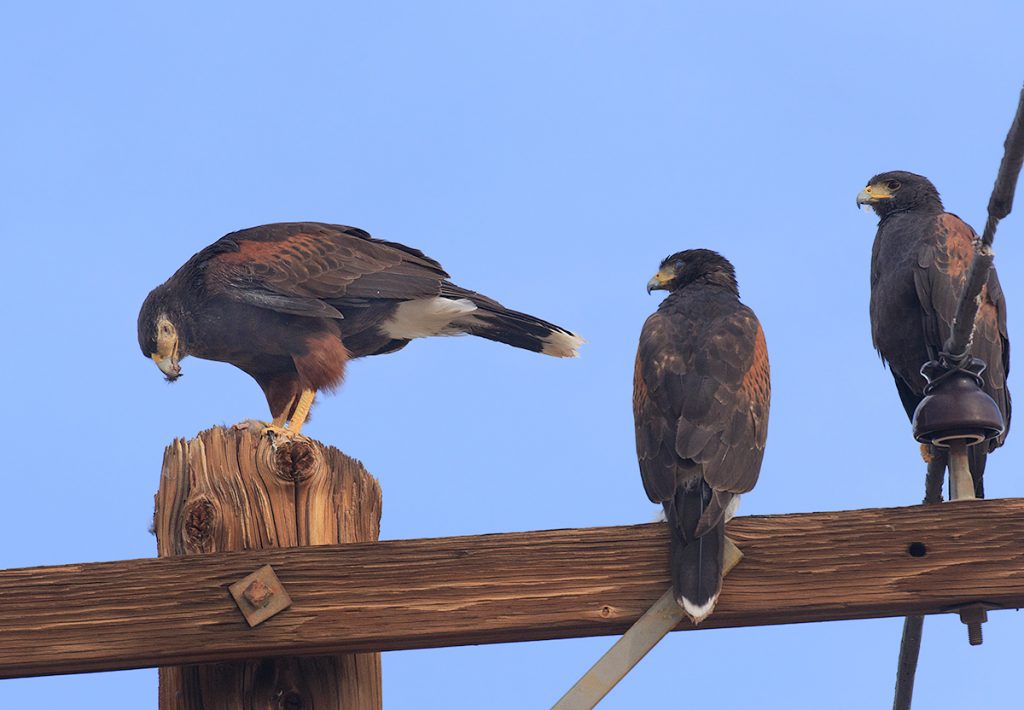
Today I got a message from Tim Burkhardt to let me know that a Sharp-tailed Sandpiper had been found near Dateland. That is about 60 miles from where I am. A Sharp-tailed Sandpiper is definitely worth a drive. I headed out and got there in time to meet some other birders who pointed out exactly where it was along with seven Least Sandpipers. I quickly took a few photos and then got to talking with the others. As we watched the shorebirds all flushed and flew a few hundred yards and landed again. A few minutes later, someone thought they heard the Sharp-tailed Sandpiper fly overhead. It must have been it because we never saw it again. I got there just in the nick of time, if I had stopped anywhere along the way I would have missed it. I would have liked to get some better photos but that’s the way it goes sometimes. More birders were showing up only to be disappointed.
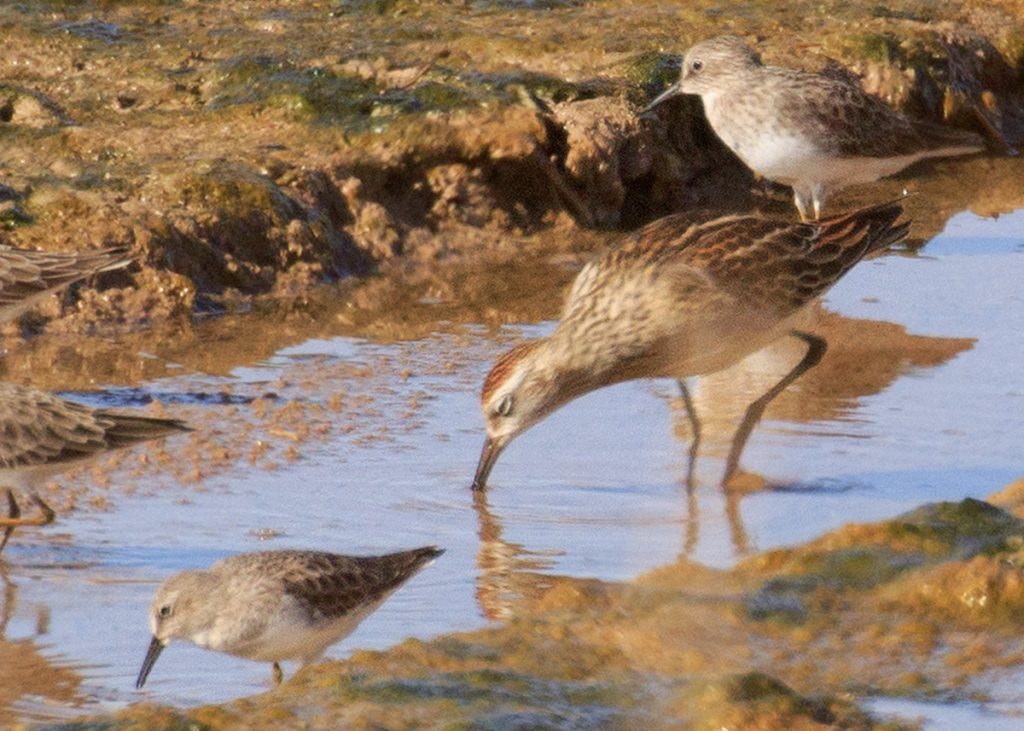

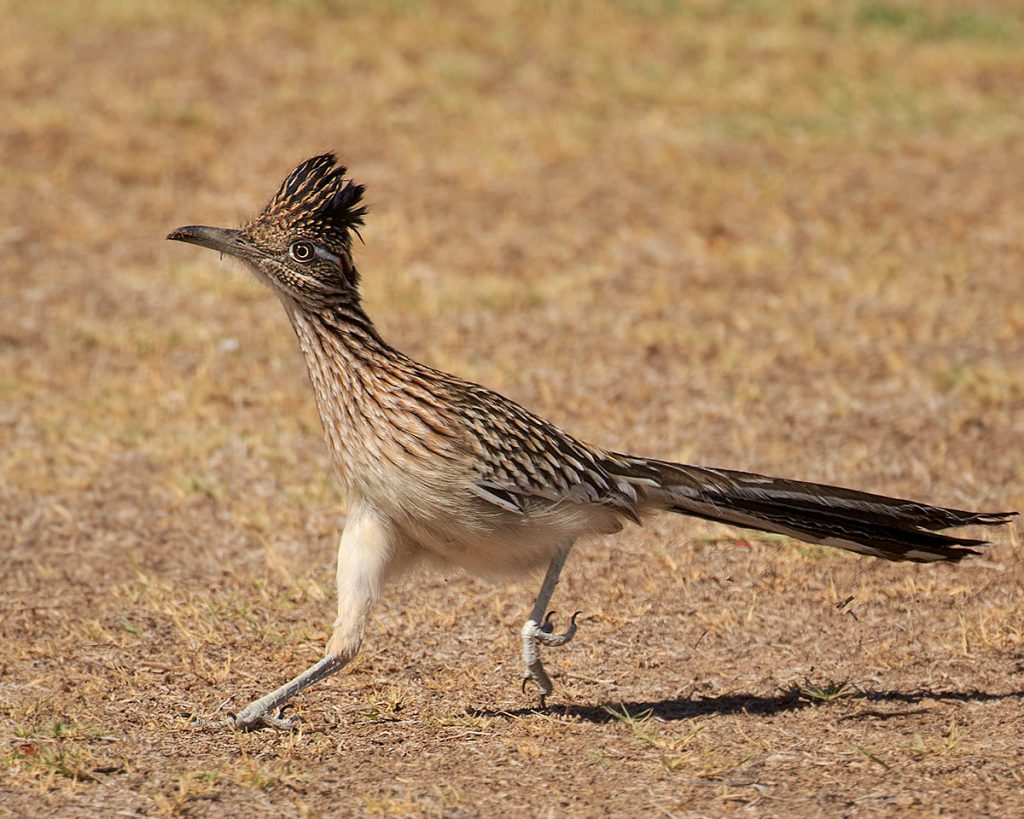
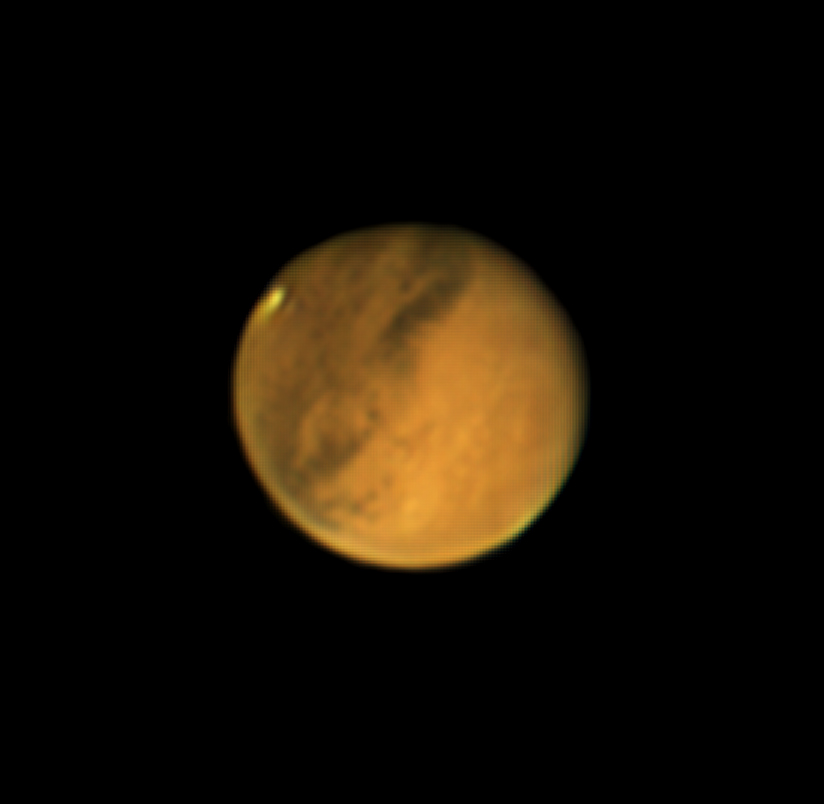
Birding has been pretty good here. Most of the desert is very dry so the areas with water or that are watered, like the city parks and the golf course, have been active. It has really cooled down with the passage of a cold front and that has brought in more birds too. I had to turn on the heater last night and probably will again tonight. The big excitement today was a Ross’s Goose that appeared on the Ajo sewage ponds. Apparently this is a first record for Ajo, according to Ebird, and the first in Pima County this year. Two birders from Tucson, both of whom are doing a Pima County Big Year, came out here to get it.
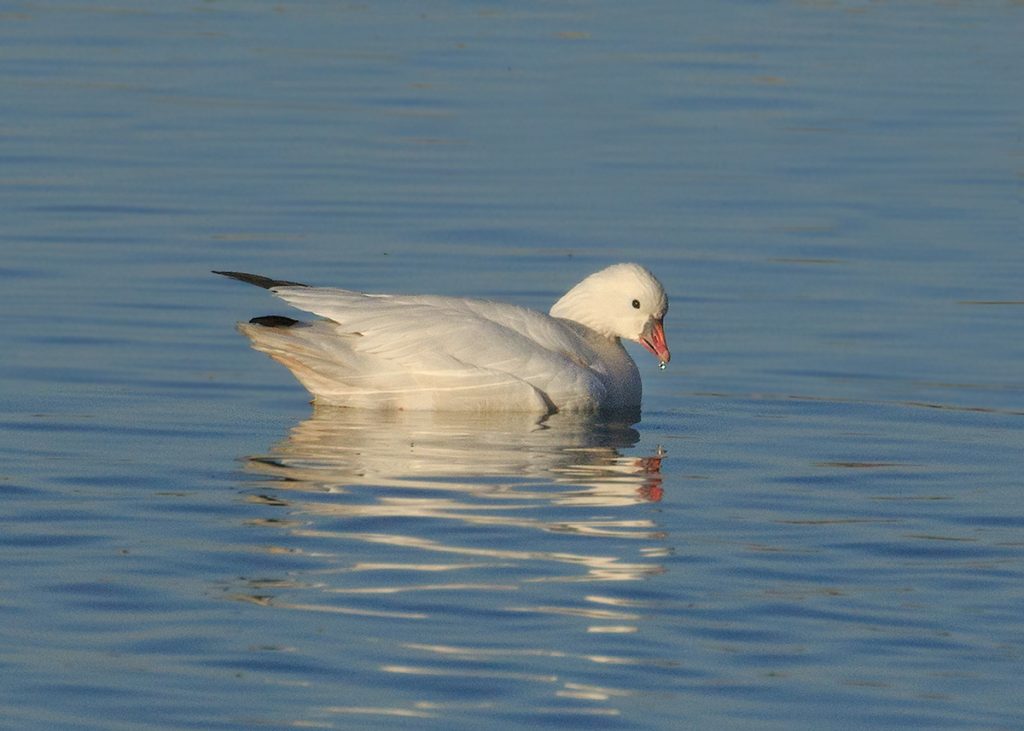

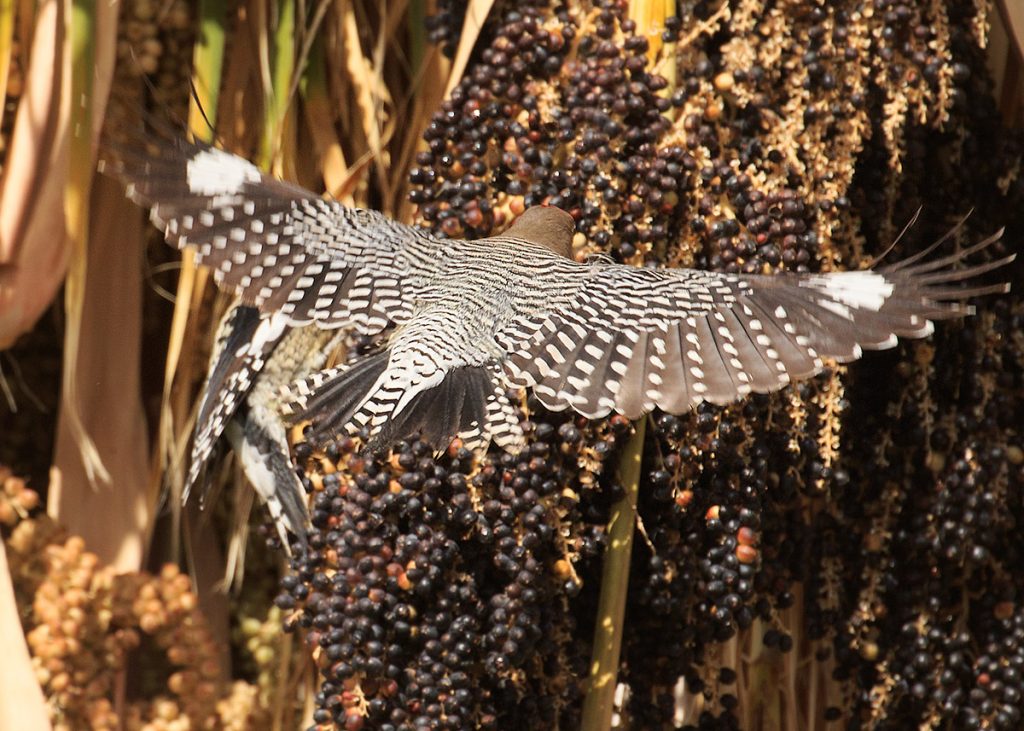
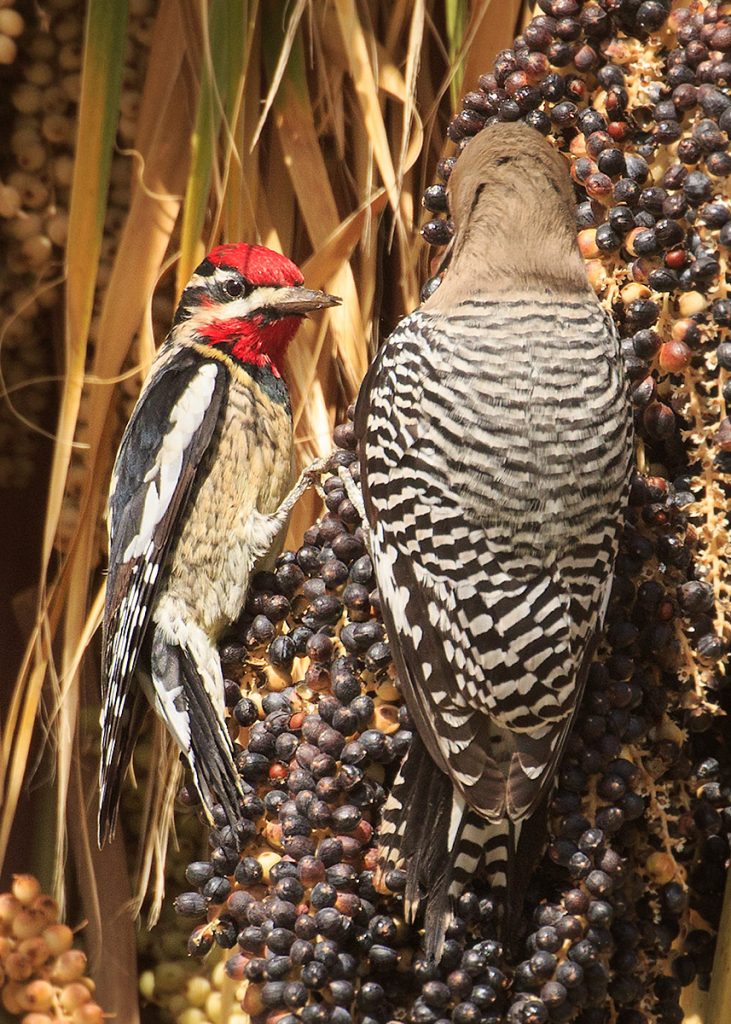


I left Granite Gap this morning. Last night I spent a few hours photographing Mars since the “seeing” was forecast to be good and now Olympus Mons is on the right side of the planet. I figured I better try it because the weather is going to change, the jet stream will dip far south and that means the “seeing” will be pretty bad for a while. The results were OK but I hope for better later this month. On my way to Ajo I stopped at the Ina Street bridge over the Santa Cruz River to see if I could find the Northern Jacana. It only took about 10 minutes to do that and take some photos. I got into the campground at Ajo around 4 PM. It was 97 F. but this is the supposed to be the last day of hot weather. I hope so.
As always, right click on an image and open in a new tab to see it displayed at a larger size.


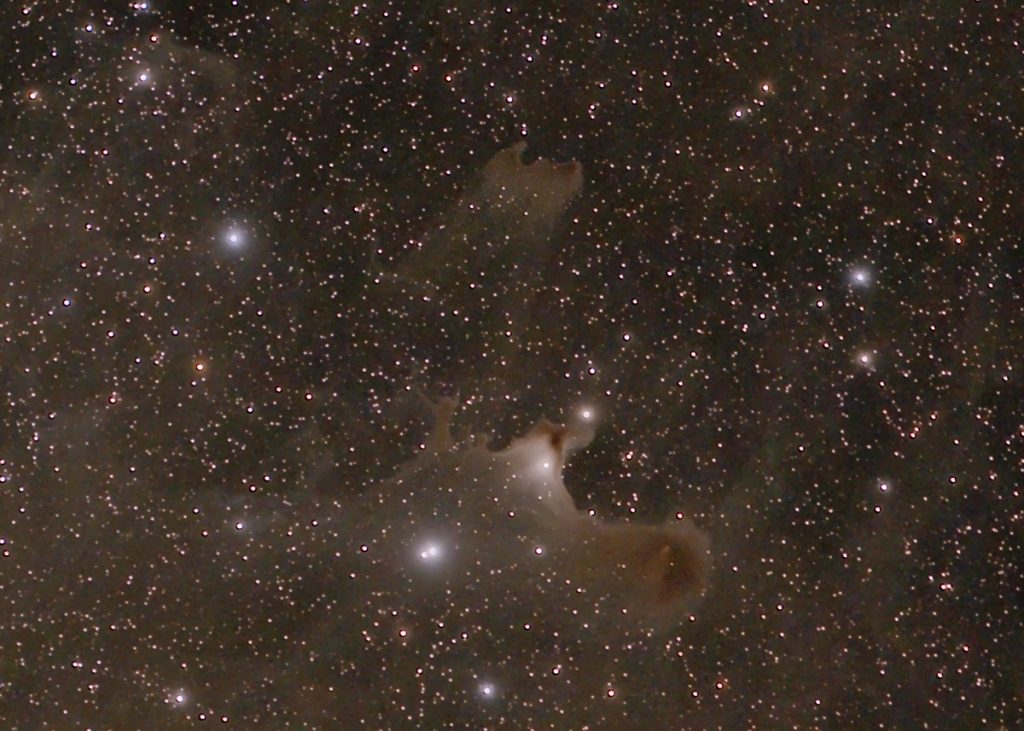
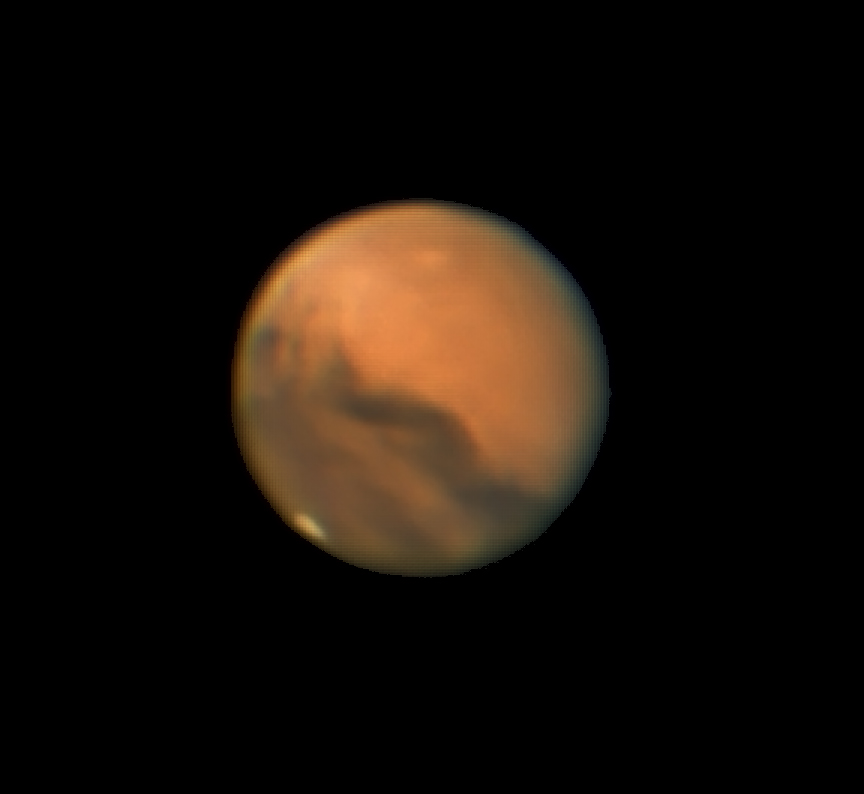
I’m still here at Granite Gap. No break in the heat out in the Sonoran Desert. That’s OK because this is a great place for astrophotography and nights are currently moonless. Every night is good, clear, usually no wind, dark. Compared to South Dakota, this is great for astro. Up there I can only wish for a good night or two during the new moon period. Yesterday I put quite a bit of time in on Sage Thrashers trying for a better shot of them eating juniper berries.

